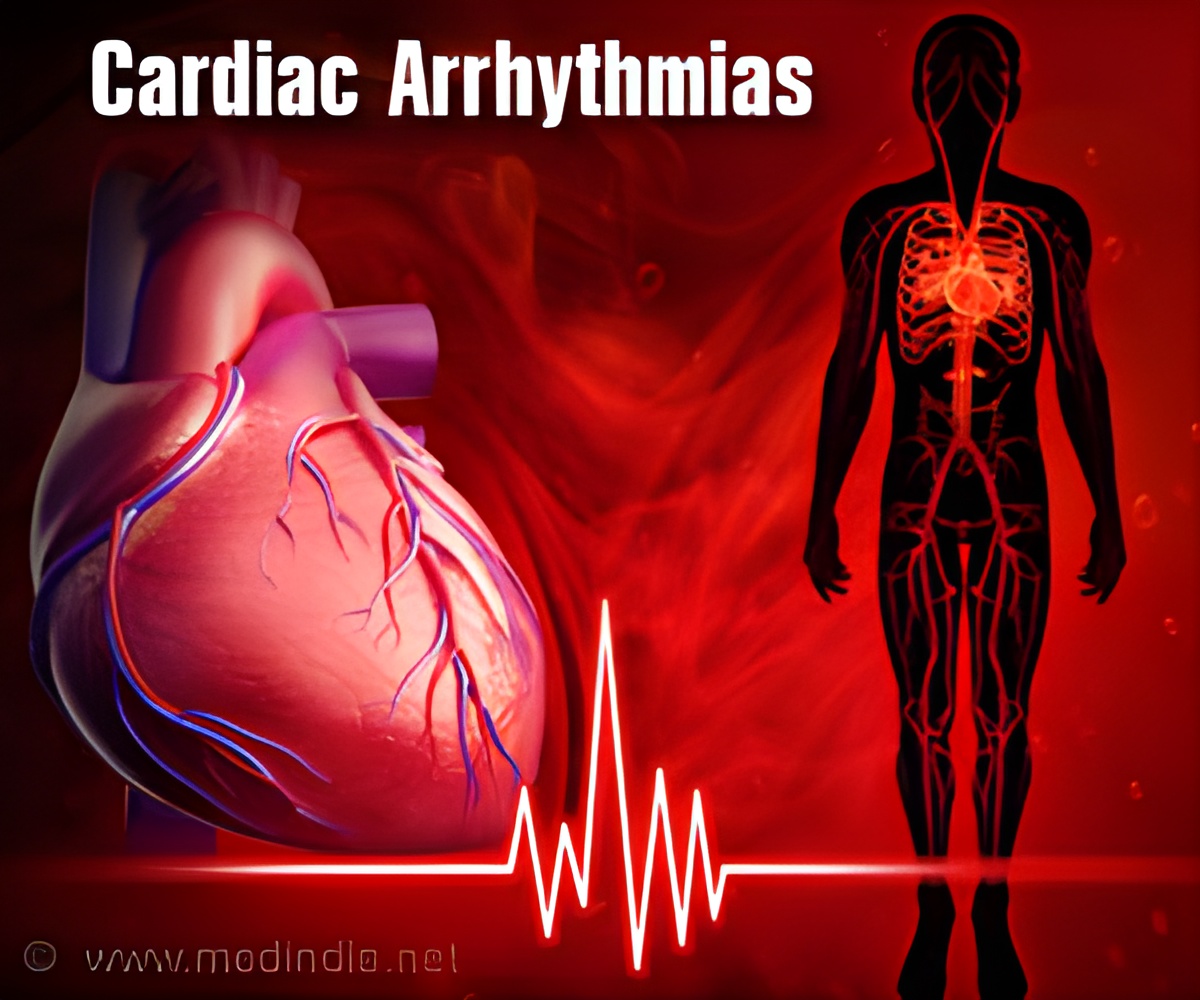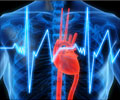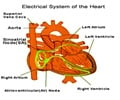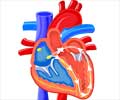Seven distinct patterns of cardiac arrhythmias during and after seizures were identified by analyzing several cardiac arrhythmias cases from trusted sources.

A new study published in Journal of Neurology, Neurosurgery and Psychiatry has attempted to identify characteristics of various cardiac arrhythmias during and after epileptic seizures. Researchers conducted a systematic review on cardiac arrhythmia occurring in epilepsy cases published in PubMed, EMBASE (OVID version), Web of Science and the Cochrane Library databases.
The researchers found that ictal asystole - transient stopping of the heartbeats during a seizure - was the most frequently reported pattern.
After a systematic selection procedure, the researchers reviewed 178 full-text articles. Also, only cases with simultaneous video-EEG (vEEG) recordings which demonstrated the seizure activity were selected for the review. Researchers recorded whether the arrhythmia was during or soon after the seizure for each individual case.
For each case, variables including age, gender, type of epilepsy, duration of epilepsy and seizure frequency were included. The researchers also noted number of antiepileptic drugs taken, type of antiepileptic drugs taken, brain MRI, seizure type associated with cardiac arrhythmia, duration of arrhythmia, and cardiac history among other details.
Findings:
To understand the findings, here are a few relevant definitionsPost Ictal – Following a seizure
Asystole – Transient stopping of heartbeats
Atrial Flutter / Fibrillation - Irregular and rapid contractions of the atria or the upper chambers of the heart
Ventricular Fibrillation – Irregular and rapid contractions of the ventricles or the lower chambers of the heart
Atrioventricular Block – Failure of electrical impulses to pass from the atria to the ventricles
- Seven distinct patterns of ictal and postictal cardiac arrhythmias were identified in the study. This includes a total of 103 cases of ictal asystole and 25 ictal bradycardia cases. Other patterns identified are: 3 postictal ventricular fibrillation cases, 2 postictal AV-conduction block cases, 14 atrial flutter / atrial fibrillation cases, 13 postictal asystole cases, and 11 ictal atrioventricular (AV) - conduction block – cases.
- Ictal AV-conduction block, asystole and bradycardia were self-limiting in most cases. They were also seen during focal dyscognitive seizures - a type of seizure in which the person may appear unresponsive – in patients with a type of epilepsy called temporal lobe epilepsy.
- Postictal arrhythmias seem of more importance in causing Sudden Unexpected Death in Epilepsy, rather than ictal arrhythmias, since some of them were associated with sudden deaths. The researchers also suggest that the mechanisms of ictal and postictal arrhythmias are likely to be different, since they differed in timing, associated seizure types and mortality risk.
Reference:
1. van der Lende M, Surges R, Sander JW, Thijs RD. Cardiac arrhythmias during or after epileptic seizures. J Neurol Neurosurg Psychiatry doi:10.1136/jnnp-2015-310559Source-Medindia
 MEDINDIA
MEDINDIA



 Email
Email










